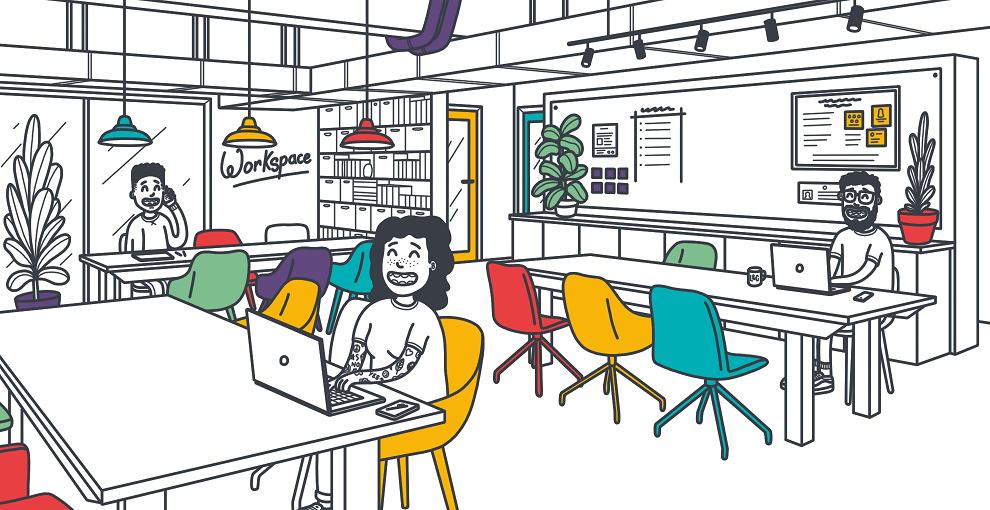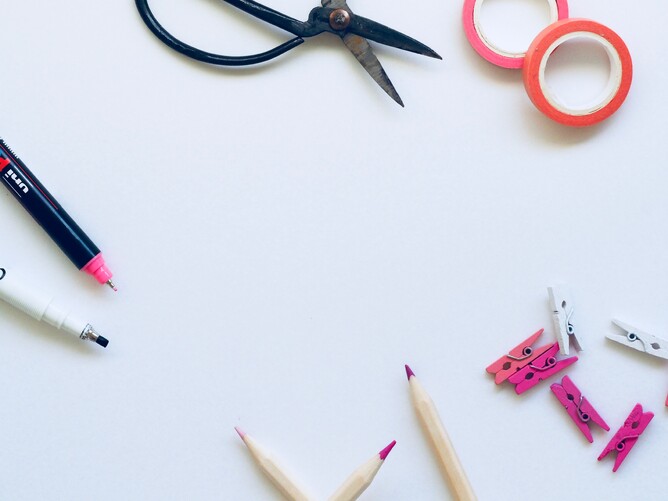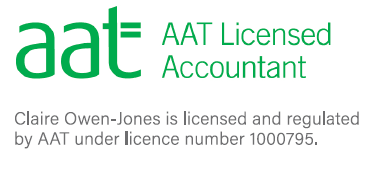Once you’ve been working freelance for a while and have started to make a bit of money, you might want to start to think about how much you need to set aside to pay in tax.
This is a great mindset to be in if you already are! I’ll help you understand the next steps. If you’re not, read on and perhaps that will start to cultivate the mindset a little and save you some headaches further down the line.
Set aside money each and every month
One of the most manageable ways to handle your tax bill is to put some money aside each month, so that you end up with a pot for this very purpose when that tax bill comes in. I’ve found it’s easier to pay for this year’s tax out of this year’s cash flow.
“Why’s that?” I hear you cry.
Well, look at it like this. Freelance life is often feast or famine. You’re run off your feet, then the next minute you’re drumming your fingers on the table while you watch tumbleweed drifting past your window.
In a busy year, you might be tempted to pay yourself a bit more, or take a lump of money from the business to reward yourself for all your hard work. But if you haven’t put any of that money aside for tax, you might find that that BIG old tax bill from your feast year hits in a quiet spell. Trying to pay off that high tax bill when you’re bringing in even less than usual can put a massive strain on your cashflow, on your business, and on you.
So how much should I put aside for tax?
You’ll hear a lot of people saying you need to keep 30% of your earnings aside for tax. And if you break it down, you’ll see that this makes sense.
Basic rate tax is charged at 20%, and National Insurance at 9%. That means, if you’re saving 30% of your earnings, you’re reserving just a little over basic rate tax plus National Insurance. And when you factor in adjustments for your personal allowance and your expenses, you should come out just about right. You may even find you’ve saved a little bit too much, but that will be very welcome if you’re hit by a Payment on Account request from HMRC. And if you’re not asked for Payment on Account, it’s time to put it towards a holiday! Or invest it sensibly in the business. Either way, it’s put to good use.
But…
…saving 30% for tax doesn’t make sense for every business
There are three scenarios where saving 30% for tax just doesn’t work:
- When your income isn’t all that high
- If you have additional income
- Your business has a lot of purchases and expenses.
Let’s take a look in detail.
Saving for tax when your income isn’t all that high
Saving 30% only makes sense once you reach a certain threshold, and there are plenty of businesses who don’t meet that threshold. Perhaps you’re still in the start-up phase and haven’t built up your business yet. Maybe you freelance part time to fit around the kids, rather than full time. Or you might have taken a chunk of time off for maternity leave, paternity leave, travelling... you get the idea.
As an example, say you earned £1,000 a month last year, and you end up with £12,000 at the end of the year. Most of that £12,000 is going to fall within your personal allowance, so you’re really only liable to pay National Insurance plus a tiny bit of tax. If you’ve been saving about 30% of your earnings, you’ll have somewhere between £3,600 and £4,000 nestled away. All that, for a tax bill which comes in at about £500.
Now, that might be a lovely surprise at the end of the year, and you might find yourself smugly booking a trip to the Bahamas. But the chances are, over-saving for tax might have had a really negative effect on your cash flow over the year, even to the point where you’ve questioned whether freelance life is a viable option for you.
The lesson? If you know you’re likely to earn less than £13,000, you should find that setting aside 10-15% of your earnings to cover your tax bill is more than enough. And any extra will help if you’re landed with an unexpected Payment on Account bill from HMRC.
Dealing with tax on your freelance earnings when you have additional income from elsewhere
Say you bring in £1,000 each month from your freelance work. Just like in the example we used above, you’ll end up with £12,000 at the end of the year. This time, though, you also have £50,000 from a salaried job, because your freelance business isn’t your only income.
In this scenario, your £12,000 in freelance earnings will be taxed in the high rate tax band, at 40%. You’re looking at a hefty tax of around £5,000 on those £12,000 earnings, AND, HMRC is likely to ask you for Payment on Account. That means you’ll probably owe them £7,500 in tax in that January’s bill.
If you want to save for tax in this case, you’d want to be putting aside 50-60% of your earnings each month. Better still, you’d set up as a limited company, but that’s a whole other blog post.
Calculating how much to save for tax if your business has quite a few purchases and expenses.
If your freelance business provides a service, like graphic design or copywriting, you will have some expenses, but overall you’ll take home a large part of what you charge your clients.
But that’s not the case for online shops and businesses which rely on buying large numbers of supplies to make their products or deliver their services.
Let’s say that you sell an item of jewellery or a piece of furniture for £100, and it cost you £50 in materials to make it (I’m keeping the numbers simple here, so please don’t shout at me about pricing). If you put aside 30% of your earnings, that’s £33 of that £100 straight into your tax pot. Take out another £50 to cover the materials, and you’re left with just £17 to pay the rest of your business costs (rent, insurance, travel, bills, fees for PayPal, Etsy, Not-On-The-Highstreet…). and you have to try to live off some of that £17 as well. That’s not much when you started with £100.
The thing is, the costs of your materials count as deductible expenses. That means you’d only need to save 30% of what you’ve earned after taking off the expenses. Looking at this example again, that would mean you put aside 30% of the £50 which was left after taking off your spending on materials, meaning £16 goes to the tax pot, and you have £34 left instead. Your cash flow has doubled. You’re much happier. You’re welcome.
If you use accounting software you can work this 30% out by looking at your net profit after expenses, and saving 30% of that figure. If you’re not doing regular bookkeeping, it’s likely you’ll still know how much it costs you to make each item, so you can work out how much is left after expenses and set aside 30% of that.
Can’t I base my tax saving on real figures?
If you prefer working with actual figures rather than approximations, there is software out there which can help.
Software like QBO Self Employed will help you to track your actual tax liability as the year goes on. Some bank accounts, like Coconut or Tide, will do the same. The downside is that they will predict your tax based on real figures at that time, so it’ll be low until you hit your personal allowance, then suddenly the figure will jump up. I’m also not sure whether they can handle Payments on Account.
To recap…
This is a long old blog post, so in case you’ve forgotten where we started, saving about 30% for tax is right for lots of people, but not for everyone. If your earnings are low, you have additional income, or you use a lot of materials in your work, I’ve suggested how much I think you should save each month, as a rough figure.
And if you would like to read up on Payments on Account, you can do so here.







